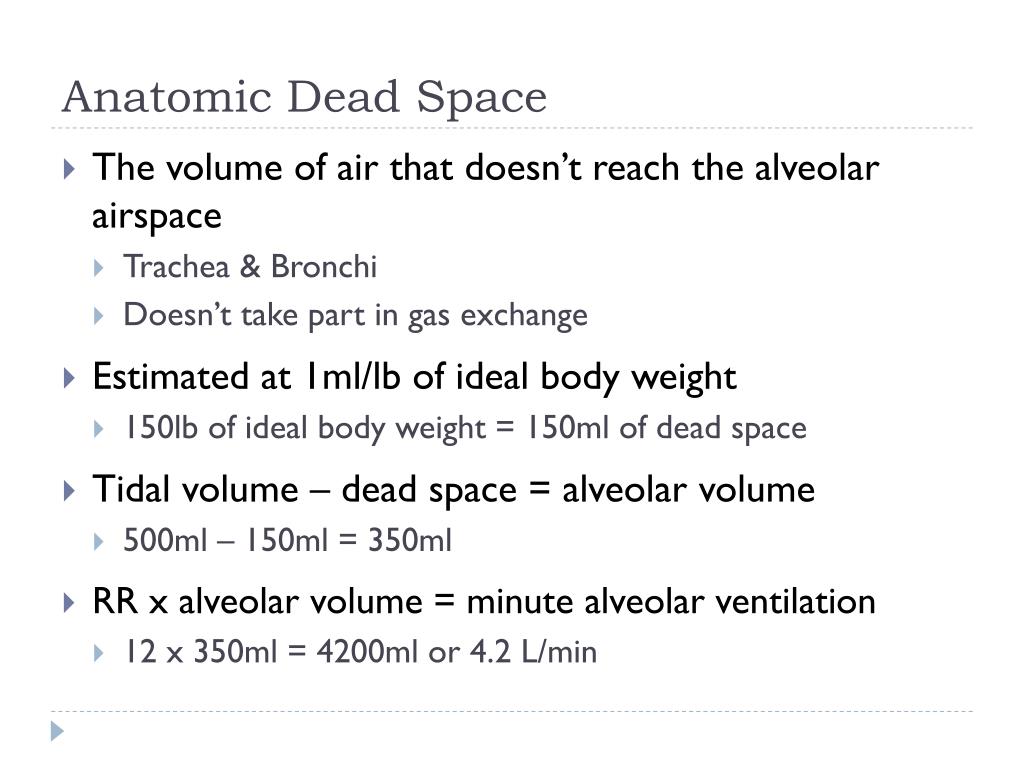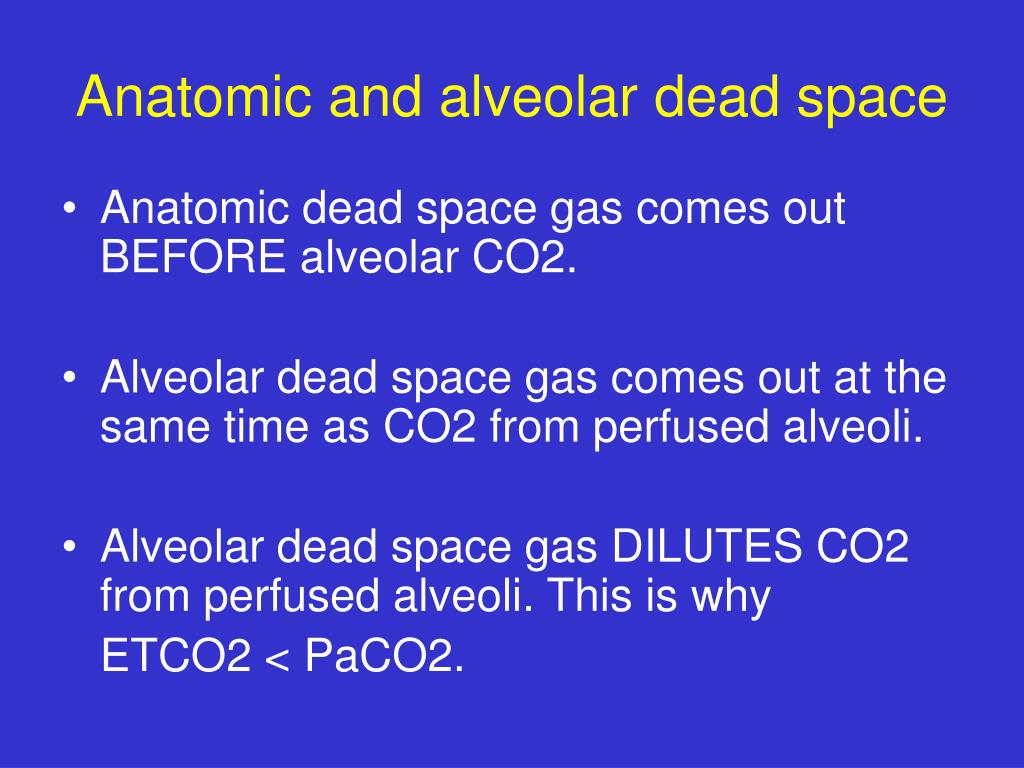

min -1 p



There was a significant decrease in dead space ventilation (from 2.5☐.4 to 1.6☐.4 L min -1 pNHF reduced minute ventilation (from 5.6☐.4 to 4.8☐.4 L We measured CO 2 production and calculated dead space ventilation.Controls and COPD patients responded similarly to NHF. min -1) intermittently for periods of 5-10 min.During stable non-rapid eye movement stage 2 sleep, subjects received NHF (20 L We hypothesised NHF reduces ventilation in proportion to physiological but not anatomical dead space.11 subjects (five controls and six chronic obstructive pulmonary disease (COPD) patients) underwent polysomnography with transcutaneous carbon dioxide (CO 2) monitoring under a metabolic hood. Trending Questions Is the statement true that unlike planets a dwarf planet cannot have moons? Is this the answer the moon unlike the earth does not rotate so you see the same side of the moon? Why does the sky appear much bluer in some states? Can a spore be seen with the naked eye? Who sings so far away? Why is the heliocentric picture of the solar system called a model of the solar system? What model of the universe that suggests that the sun is the center of the universe was first brought by? What other planets in the solar system have wind? How are lunar and sonar eclipse different and alike? What are three ways that the inner planets are different from the putter planets? How high up does the troposphere go? Which planet has the lowest inclination to the ecliptic of any planet? A photograph showing circular star trails is evidence that the earth? What units are distances to stars measured in and why? What is the relationship between Vega and Pleiades? Two stars having annual parallax of 0.1 and 0.02 arc seconds respectively.If they appear to have same magnitude.Nasal high flow (NHF) reduces minute ventilation and ventilatory loads during sleep but the mechanisms are not clear.


 0 kommentar(er)
0 kommentar(er)
